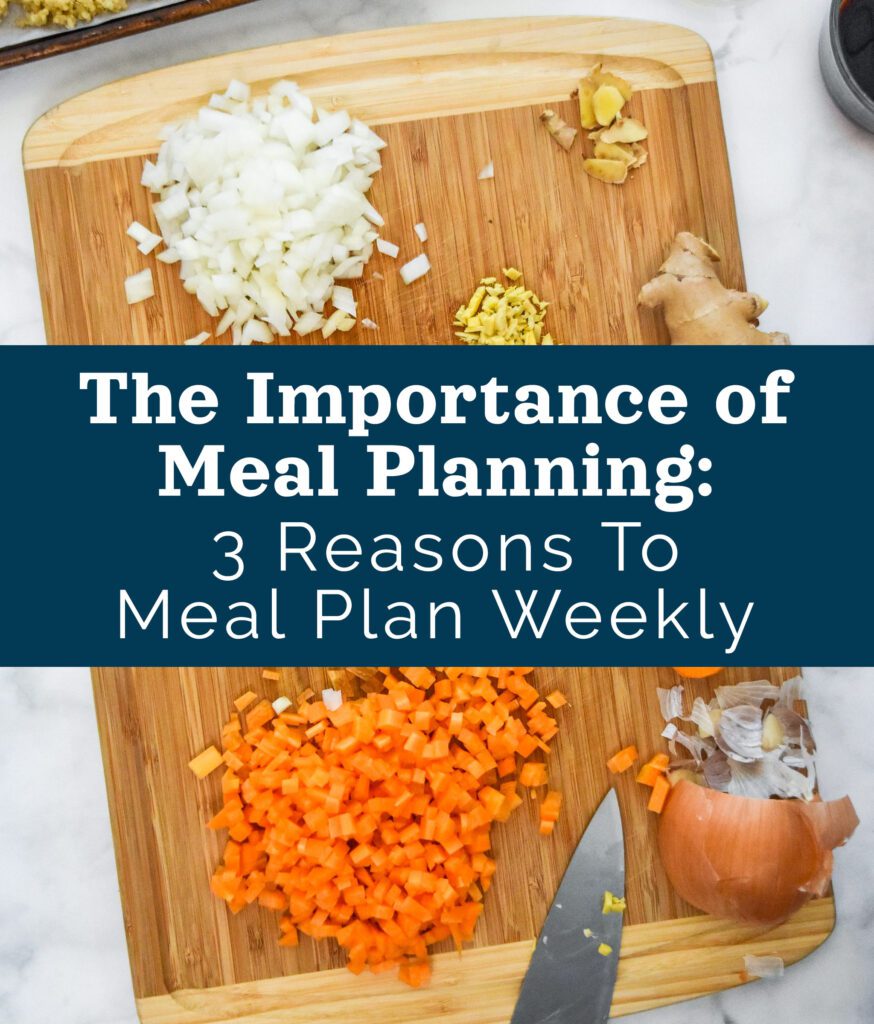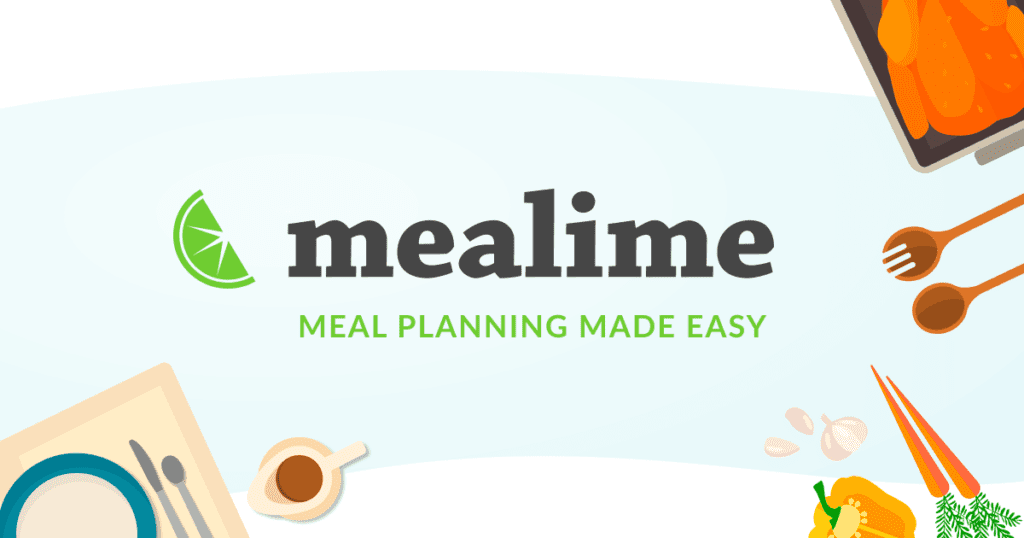Meal Plan – Freshman Year Food Struggles
Do you recall your first semester of college, the first day, the first class, the first exam, the first test? Freedom, excitement, and. .. were there ever some total confusion about the dining hall? You’re not alone. College freshman year can be quite overwhelming and having to battle through the long lines in cafeterias and using this strange swipe card like it is a final exam.
But worry no more, dear first-year student! This guide is the tool that will help you out and gain the upper hand when it comes to the college cafeteria. We’ll demystify how to feed yourself, reveal incredible money-saving tips, and of course, bring you tasty recipes that won’t cost you a fortune or need all your cookware. To be honest, living in a dorm is far away from being a master chef of a tasty kitchen.
By the end of this guide you will master how to prepare healthy meals, how to reduce your spending and how to time your meals so that you don’t get hungry while you are in a meeting with your group mate who seems to have turned into the most annoying person you know.

Understanding Your Freshman Meal Plan Options (Types & Choosing the Right One)
Alright, first things first: The meal planning. This rather mystical (or at times enigmatic) document determines the number of meals you may consume on campus, the options available to you with regard to their utilization, and the degree of leeway in relation to your meal plan. But don’t worry; let’s navigate through it step by step (or chomp by chomp, getting that pun out of the way early).
Three main types of meal plans offered by most universities:

- Block Plans: These provide a certain amount of meals on a weekly basis (e. g., 14 meals, 19 meals) that you can take at any dining hall that aforesaid during its working days and hours. This is a good option for students who are sure that they will spend most of their time in the college and have meals in the colleges’ canteens.
- Declining Balance Plans: This plan provides you a certain amount of money that you can use to make purchases at dining halls or cafeterias and at times even shops located on the campus. Therefore, after you insert your ID card, the money on your card is debited by the amount of the food you wish to be served. While this increases flexibility, it is paramount to develop a good budgeting strategy.
- Swipe Plans: Similar to declining balance, but instead of money, you are given a certain number of ‘passes’ which can be used at the dining halls. It could also be that each swipe is worth a full meal, only breakfast or could include various options depending on which university is being referred to. This is a good middle-ground where certain freedom is ensured while meals are still divided into types.
Finding Your Specific Plan Details:
As you are now fluent in dining services’ language, go to your university dining services official website. There you should find a breakdown of all offered meal plans, including details like:
- Number of meals/swipes included
- Guest meals (are you allowed to be accompanied by friends?)
- Although some of them have a dining hall, there is a variation in the number of hours they operate in a day.
- Policies and procedures that apply to declining balance plans: accepted forms of payment
Choosing the Right Plan:
There is no one diet regime that is more appropriate than the other because it all depends on the lifestyle and meal preferences that you have. Consider these factors:
- How frequently will you patronize the food outlets within your institution? If you’re going to be picking up most of your meals between classes, then a block plan or swipe plan could be most suitable.
- Do you like variety? More flexibility is provided to the declining balance plan to consider several dining facilities available within the campus.
- Are you a budgeter? Sinking funds are less flexible but you have better control over your expenses.
In the next part, we will look at part two of Freshman Meal Planning Tips: The Dos and Don’ts to make sure that you get the most out of your dollar without ending up consuming ramen noodles every now and then!
Essential Freshman Meal Planning Tips: Conquering the Cafeteria Like a Champion

Yes, college is all about freedom, but believe it or not, having a few nutritious meals is not a bad idea at all, especially when you’re on your own. Here are some essential tips to transform you from a bewildered freshman to a cafeteria-conquering champion.
Become a Scheduling Master: In the same way, through daily classes, learners can find themselves feeling ravenous and with no food in sight. Make healthy eating convenient regarding your timetable to dodge episodes of hunger that make even a simple conversation look like bargaining.
For periods when you’re unable to get to a meal, pack some snacks to take with you or else get a sandwich from the campus cafe before your next class.
- Budgeting for Groceries: Despite this you’ll still need to purchase some items like snacks and food to take along with you while in the dorm. Choose an amount of grocery money appropriate for how often you want to use your meal plan and what types of snacks you’ll need to boost your energy. Some meals can be taken frequently as they are cheap, healthy, and provide energy for a long time such as fruits, yogurt, and whole-wheat bread.
- Dining Hall Domination: The all-you-can-eat buffet is a beneficial eatery for some and may have both positive and negative implications for others. Here’s how to get the most out of it:
- Focus on Quality: Don’t indulge in processed foods, oils and anything that is overly sweet. Load your plate with lean meat (grilled chicken, fish), vegetables (it is advisable to include as many types as possible) and whole grain (brown rice, quinoa).
- Explore Different Stations: It is therefore important to take some time and survey the available options for food stations in most dining halls, take advantage! Have a protein at the grill, a salad from salad bar, and yogurt with sliced fruit to complete your meal.
- Become a Takeout Master: Lastly, do not hesitate to pack a container to take to the next station. The uneaten food can be used in preparing yummy meals when you are in your dorm (like stir fry vegetables).
- Befriend the Staff: The people serving the food are very jovial and active in answering to the customers’ questions. They can suggest something healthy, describe what is in the food and where in the restaurant one might find a delicious dish that one may not have thought of ordering. It makes for a great idea to be kind to the staff since they might be able to recall your preferences when you next visit the place.
In the next part, we’ll unveil some budget-friendly and delicious recipes that you can whip up in your dorm room, even with minimal equipment. Stay tuned!
Budget-Friendly & Delicious Freshman Recipes: Dorm Room Kitchen Conquests
Some college dorm rooms don’t come equipped with the finest appliances or the most spacious of kitchens, but that doesn’t mean that you are condemned to living off of ramen noodles for eternity! Here are some easy and delicious recipes that require minimal equipment (think microwave and hot plate) and won’t break the bank:
Breakfast Champs:
Microwaved Oatmeal: This is an outstanding recipe, which has remained in print for generations! For this reason, you should consider using quick-cooked oats to enable you to prepare the meal as quickly as possible. Stir in a little milk, various berries or any other fruits (fresh or frozen), and top it off with nuts or seeds for added proteins and fats.
Yogurt Parfait: Top with granola, sliced fruits of your choice and a dash of honey to make a satisfying breakfast of yogurt or you can go for the authentic Greek yogurt.

Lunchtime Lifesavers:

Tuna Salad Sandwich: Church’s favorite lunchbox staple is an invaluable item for a college student’s dorm room. Canned tuna is quite cheap and yet rich in protein. Blend it with light mayo, celery, red onion and lemon juice to create a texture that would make the sandwiches light and tasty.
Pasta Primavera: A fast-food meal that takes just a few minutes to prepare and can be easily modified. Cook pasta al dente, according to the package’s instructions on cooking time. In the meantime, you can prepare your choice of vegetables such as broccoli, peas, and spinach by sautéing them in a pan with a little olive oil. Add it up and give it a little sprinkle of parmesan cheese and it becomes a delightful, healthy lunch.

Snack Time Superstars:
Trail Mix: Cereal, nuts, seeds and dried fruits are all ideal to be taken in trail mix that can be carried around in a small bag as a convenient and healthy snack.
Hard-boiled Eggs: A protein boost that comes in a drink and with no preparation. For instance, cook a pot of eggs on the weekend, and for the whole week whenever you need a snack it’s healthy to grab an egg.
Bonus Tip: Bring your own water bottle and drinking water from any available water dispensary to avoid the intake of sugar products.
Please remember that these are general guidelines and are just a beginning point to a successful endeavor! To have a healthy, tasty, and affordable meal, try out some of the recommended meals and use other ingredients that are within your budget and preferred tastes.
Next in the next part, we will focus on the challenges faced by students with special diets when dining in the hall. Stay tuned!
Dietary Restrictions & Allergies: Thriving in the College Cafeteria
Just for the record, eating in a college cafeteria can be an additional trial for freshmen who have some food preferences and allergies. But fear not! So, although it is quite hard to maintain good nutrition and tasty meals in college, it is not impossible if you plan and organize well and communicate with your friends.
Tips to conquer the cafeteria with dietary restrictions:
- Navigating the Options: Many universities have information on their websites or on signs in the dining halls about allergies and restrictions. Search for such headings as gluten-free, vegan, or vegetarian as it will indicate that the dish does not contain certain ingredients.
- Don’t Be Shy: Catering services are provided and the staff is always there to offer assistance. Regarding ingredients that you are uncertain about or to get help with choices, please feel free to ask a member of the staff. They are able to guide you in the right way and make sure that the food that you are consuming is appropriate.
- Dorm Room Staples: Bring some necessary foods to the university housings like foods you need to eat due to health reasons. This way, you’ll always have some healthy foods to grab, for instance, when you have a gap between meals or when you’re taking your snacks.
Some examples of dorm room staples for various dietary needs:
- Gluten-Free: Baked goods made from wheat, rye, barley or oats, pastas, cereals, crackers, and cookies; fruits, nuts, and seeds.
- Vegan: A variety of plant-based milks such as almond and soy milk, yogurt, washed ready-to-eat fruits and vegetables, nut butters, and whole grain breads.
- Lactose Intolerant: Such products as lactose-free milk, yogurt, cheese, pre-washed and pre-cut fruits and vegetables.
University Resources:
A lot of universities have specific areas for disabled students or those with restricted diets. Do not wait to contact your campus health center, health and wellbeing or disability services office if you need further assistance. They can refer you to nutritionists or other healthcare workers who can assist you in choosing the correct meal and helping you to design your diet plan.
Meal Planning Tools & Apps: Conquering College Cuisine with Tech

It’s a hectic life in college and when it comes to the issue of eating, it can be quite another challenging task. But, do not worry, dear fresher! Here, there are several useful tips and strategies to assist with meal planning and to guarantee that you will eat tasty and nutritional meals during the semester.
Popular options to explore:
Mealime: This app helps you to build your ideal meal plan according to your individual tastes, any food intolerances you may have, or if you prefer fast food, for instance. It provides you with a variety of recipes as well as the shopping lists to make your shopping easier.


Yummly: This is a food discovery application that has a wide array of choices in its list of recipes. Browse through the various recipes in terms of the ingredients used, the types of food preferred or the region of origin. On this site, you can also set your favorite foods and design individual meal plans.
Mealime vs. Yummly: To sum up, Mealime is good for planning meals, with the grocery list and all, and Yummly is good for finding recipes and getting ideas.
Beyond Meal Planning Apps:
- Grocery Shopping Apps: For groceries you can try using the apps such as Ibotta or Flipp which can help you locate more coupons that will go a long way in assisting you save more when dining.

You must remember that these are just apps and are merely tools that you can use for effective productivity. Meal planning is all about finding a system that is right for the user and which will enable them to eat properly. Here are some additional tips:
- Schedule Time for Meal Planning: The best thing to do is try and dedicate some time every week to look for recipes, come up with meal plans, and prepare a list of groceries.
- Utilize Leftovers: Here, they suggest getting creative and repurposing leftovers. Some of the ideas that can be implemented include turning the leftover chicken into a stir fry and using the leftover vegetables in omelets or pasta.
- Cook with Friends: Preparation of food with friends is among the best methods to cut on the expenses of purchasing from hotels and also get to discover more recipes. It also assists with portion control and even cleanup since these containers are designed for dishes that can be easily washed.
Using the following guidelines, along with the helpful tools that are described in this article, creativity, and determination, it is possible to succeed in choosing meals at a college cafeteria, maintain a healthy diet, and save money during the freshman year and in the future.
Conclusion – Bon Appétit, Freshman Year!
Congratulations, freshman! You’re now fully equipped with the knowledge to conquer the college cafeteria game. It is for this reason that with some prior planning and incorporation of a few tips in this guide, you can maneuver through the dining hall comfortably, get to feed your body with healthy and tasty meals and also avoid those nasty ramen noodle nights.
Note that college is a period where one should try out new things, and as far as food is concerned, do not be afraid to try new recipes while in the dorm, just have fun.
Stressed from the academic work, and the added pressure of planning meals for your family or yourself? Well, don’t panic, we’re here to help you get back on track! At Sonic Papers, we strive to provide our customers with professional writing help from a group of talented and hardworking individuals. We provide all types of writing services such as proofreading/ editing, research help, and tutoring among others.
So, if that upcoming research paper or literature review is giving you a headache, let us take the pressure off! Use the code SAVE10 at checkout to get 10% off your first order today!
We’re here to help you overcome your struggles and get back to the things that really matter, like searching for the best pizza joint near school and mastering the art of making the perfect ramen noodles for when the moments get tough.
From the food, you are full and with a clear mind, you are ready to face anything college has to offer to you. Bon appétit!



